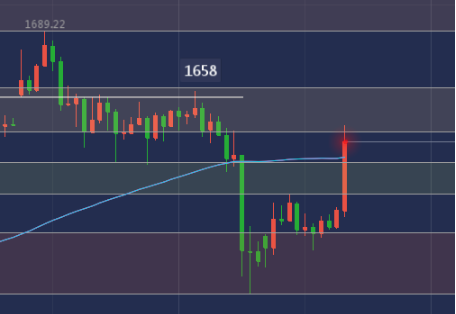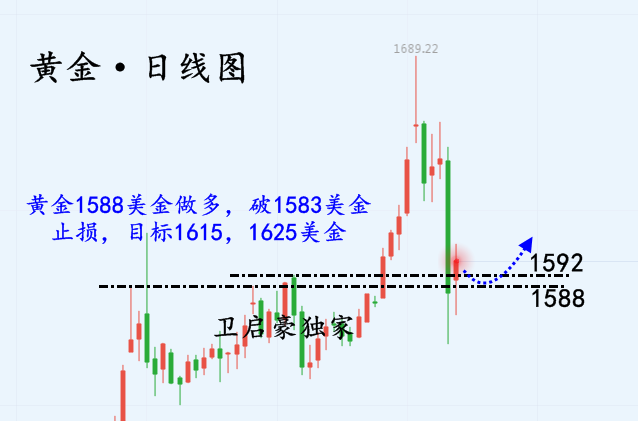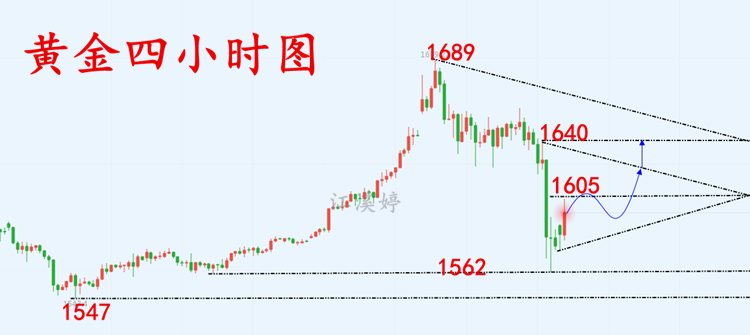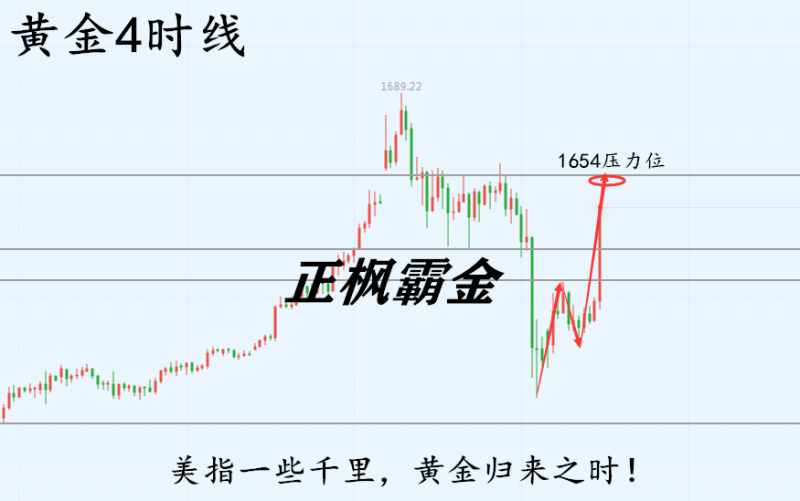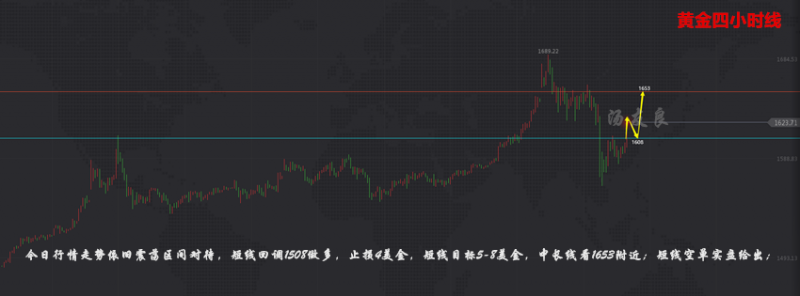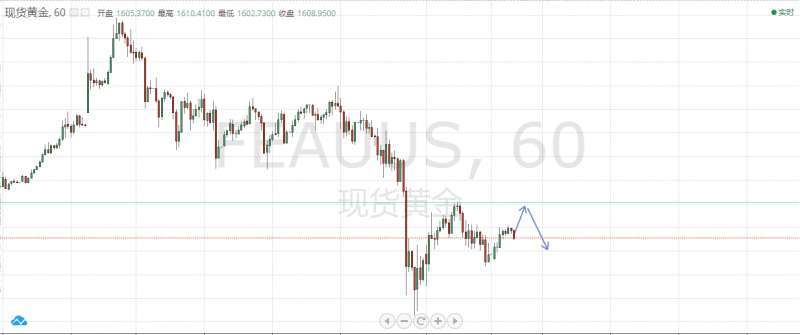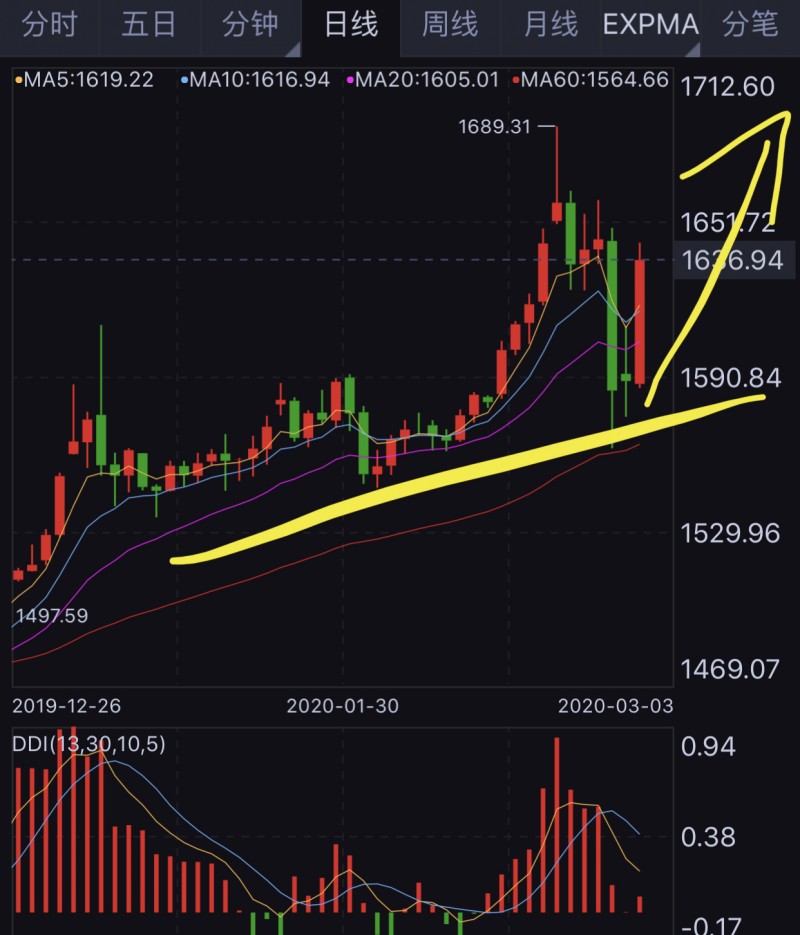原标题:中东天然气需求增速达全球需求增速的两倍
中国石化新闻网讯 据阿拉伯贸易2月24日消息称,波士顿咨询集团(BCG)在一份新报告中表示,过去10年,中东和亚太地区的天然气需求增长最为强劲,平均每年增长4.6%,是全球一次能源需求增速的两倍。
管理咨询公司BCG、斯纳姆和国际天然气联盟(IGU)最近发布的报告补充称,中东天然气市场正经历一个巨大的增长阶段,尽管页岩气革命,但其供应成本在长期内仍具有竞争力。
到2030年,中东地区可输送约8.5万亿立方米天然气,平均保本价格为每百万英热单位2.5美元。尽管近期创纪录的天然气价格低廉部分是由于全球市场供过于求,但低成本天然气储量丰富,天然气的结构性成本竞争力正在提高。
波士顿咨询集团合伙人兼副董事Pablo Avogadri表示:“过去十年,中东的天然气市场经历了戏剧性的增长。我们的研究表明,在当地市场监管、基础设施以及跨境管道投资规模方面,获取天然气和增长面临限制。”
“通过以低成本将天然气储量与终端用户市场、基础设施投资、政策支持和采用联系起来,该地区可以实现巨大的利益。”
中东地区的天然气潜力巨大,但要完全实现这一目标,需要工业界、各国政府和国际社会的持续支持和协调行动。
虽然中东的天然气价格基本上得到补贴,价格结构也受到很大的管制,但天然气价格的下降趋势使天然气在同等水平上比其他燃料更有竞争力。每百万英热的成本上升到2.5美元以上意味着需要补贴,以保持终端用户的低价。
该报告预测,尽管预计生产成本将上升,但到2030年,中东地区可能仍将保持其一流地位。然而,基础设施投资需要在天然气价值链上更快增长,以满足增长预期。
曹海斌 摘译自 阿拉伯贸易
原文如下:
Mideast gas market growth ‘twice the global demand’
The Middle East and Asia-Pacific have witnessed the strongest growth in gas demand the past 10 years – growing at an average of 4.6 per cent per year, double the rate of global primary energy demand, said the Boston Consulting Group (BCG) in a new report.
The natural gas market in the Middle East is experiencing a substantial growth phase, with its cost of supply remaining competitive in the long-term despite shale revolution, added the recent report by management consultancy BCG, Snam, and the International Gas Union (IGU).
The Middle East can deliver approximately 8,500 billion cu m (bcm) of gas with average breakeven prices of $2.5 per MMBtu [Million British Thermal Units] by 2030. While recent record low gas prices are due in part to oversupply in the global market, low-cost gas reserves are abundant, and the structural cost competitiveness of gas is improving.
“The Middle East’s gas market has experienced dramatic growth in the past decade. Our research shows that access to gas and growth faces limitations in terms of local market regulations and infrastructure as well as the scale of investment in cross-border pipelines,” said Pablo Avogadri, partner and associate director at BCG.
“The region could realize enormous benefits through connecting gas reserves with end-use markets at a low cost, infrastructure investment, and policy support and adoption.”
The potential future for natural gas in the Middle East is strong, but realizing it at full will require consistent support and coordinated action by industry, national governments, and the international community.
Although Middle East gas prices are largely subsidized and pricing structures largely regulated, the downward trajectory of gas prices is making gas more competitive with other fuels on a levelized basis. Costs rising above $2.5 per MMBtu indicate a requirement for subsidies to keep prices low for end users.
The report forecasts that the Middle East could maintain its best-in-class position to 2030 despite an expected rise in production costs. However, infrastructure investment will need to grow faster across gas value chains to meet growth expectations.
新浪财经公众号
24小时滚动播报最新的财经资讯和视频,更多粉丝福利扫描二维码关注(sinafinance)
 客服热线:
客服热线:


